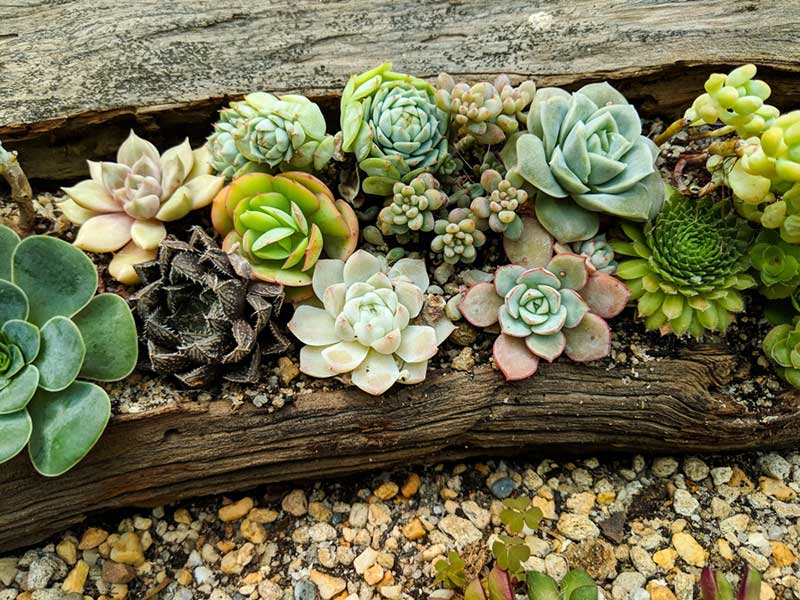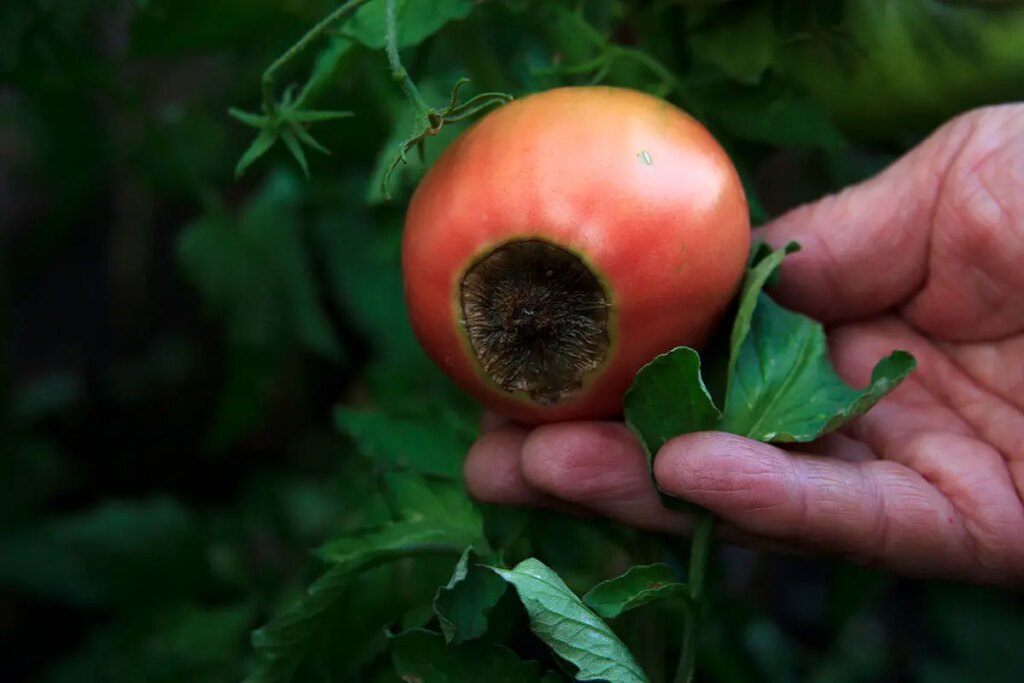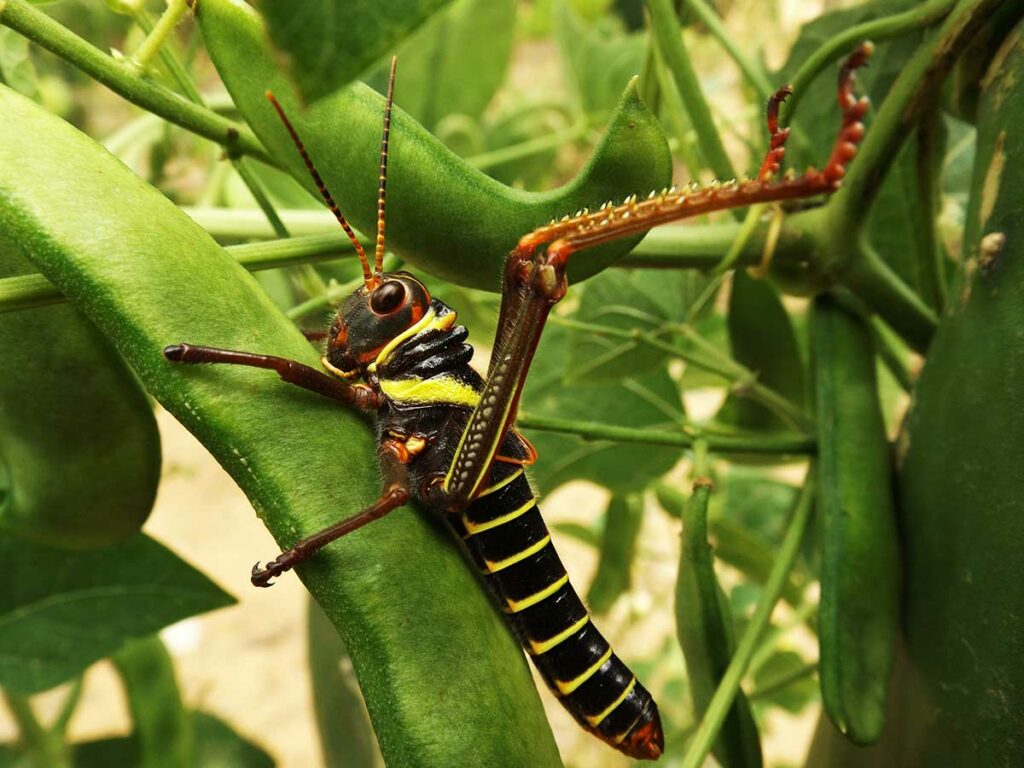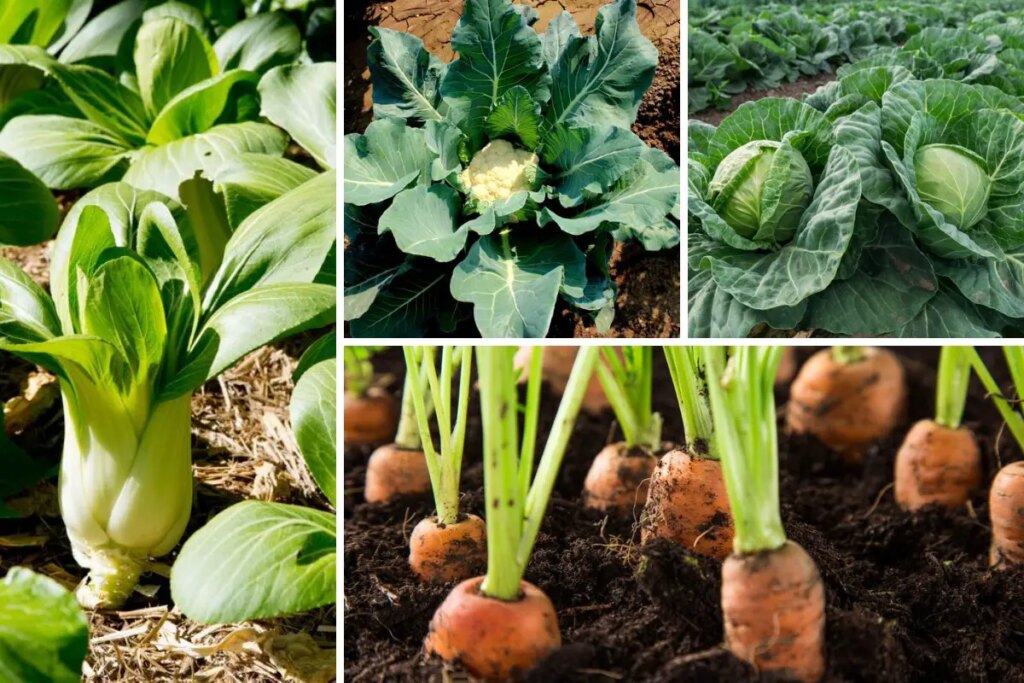
As the summer heat gradually subsides, September provides an opportune moment to start planting crops that thrive in cooler temperatures. Cultivating these crops ensures a bountiful fall harvest, allowing gardeners to enjoy the fruits of their labor well into the autumn months.
Planning and preparing the garden at this time plays a crucial role in ensuring a successful yield, offering the chance to savor a fresh and varied selection of produce.
When selecting crops to plant in September, it is essential to consider factors such as regional climate, soil type, and each crop’s specific growing requirements.
Knowledge of cool-season vegetables is particularly beneficial, as these plants generally have a higher tolerance for frost, thereby extending the harvest period.
Among the worthwhile options are leafy greens like lettuce and kale, root vegetables such as carrots and beets, and cruciferous vegetables, including broccoli and cauliflower.
These nutritious and flavorful crops can enhance any autumnal dinner table, making the diligent efforts of summertime planting truly worth it.
Understanding the Concept of Fall Harvests
Fall harvests refer to the process of gathering and collecting mature crops towards the end of the growing season, usually from late summer to early winter. This period is critical for many gardeners and farmers, as it’s the time when they can reap the benefits of their hard work throughout the year. Fall harvests are essential for various reasons, such as preparing food for storage or providing fresh and nutritious produce during colder months.
When planning for a fall harvest, one must consider several factors, including crop selection, planting timeline, and suitable growing conditions. It’s essential to have a strategic planting schedule, as the crops need enough time to mature before temperatures drop significantly. Gardeners should focus on choosing the right crops for their specific climate, as not all plants can withstand cooler weather and shorter daylight hours.
Another vital aspect of fall harvests is proper crop management. Gardeners must monitor their plants closely to ensure optimum growth, taking timely measures such as watering, fertilizing, and protecting them from diseases and pests. Additionally, knowing when to harvest is crucial for ensuring peak freshness and nutrition. This knowledge can be gained through practice, paying attention to the crop’s appearance, and using the estimated maturity time provided on seed packets or gardening guides.
In conclusion, fall harvests are an exciting and rewarding part of the gardening journey. By choosing the right crops, adapting to weather conditions, and following optimal management practices, gardeners can enjoy a bountiful and delicious harvest during the cooler months.
Key Factors to Consider
When planning your fall harvest, there are several key factors to consider. First, ensure that you select appropriate crops for your region and growing conditions. Each plant has unique requirements, which include sunlight, soil type, and temperature ranges. It’s crucial to choose crops that will thrive in your area to maximize the likelihood of a successful harvest.
Watering needs are another consideration for your fall garden. Some plants require more water than others, so be sure to research each crop’s specific needs. Developing a consistent watering schedule will help your plants grow healthy and strong. Additionally, consider using mulch to help retain moisture in the soil and reduce weeds.
Remember to account for the days to maturity for each crop. This value indicates how many days it will take for a plant to grow from seed to harvest. Knowing this information will help you determine when to sow seeds and plan for harvest times. Track planting and harvest dates on a calendar or in a garden journal to stay organized.
Pest control is also vital for a successful fall garden. Keep an eye out for common pests that could threaten your plants’ health. Using organic and eco-friendly pest control methods, such as companion planting, can assist in discouraging pests while promoting biodiversity in your garden.
Lastly, consider rotating your crops. Crop rotation can help maintain soil fertility, reduce soil-borne diseases, and manage pests. By rotating crops, you can ensure that the same plants are not grown in the same spot each year, promoting a balanced and thriving garden environment.
Crop Selection for September Planting
Carrots

Carrots are a great choice for September planting. They mature quickly and can be harvested in the fall months. Planting in September allows you to take advantage of the cool weather, as they thrive in cooler temperatures. Choose varieties like the ‘Nantes’ or ‘Imperator’ for the best results.
Beans

Beans are another excellent choice for fall harvests. Plant bush beans or pole beans, and they’ll mature before frost arrives. Popular varieties include ‘Blue Lake’, ‘Kentucky Wonder’, and ‘Romano’.
Kale

Kale is cold-hardy, making it a perfect green for planting in September. Varieties like ‘Winterbor’, ‘Red Russian’, and ‘Curly Leaves’ are ideal for fall harvests. Kale can withstand light frosts, which enhances its flavor.
Lettuces
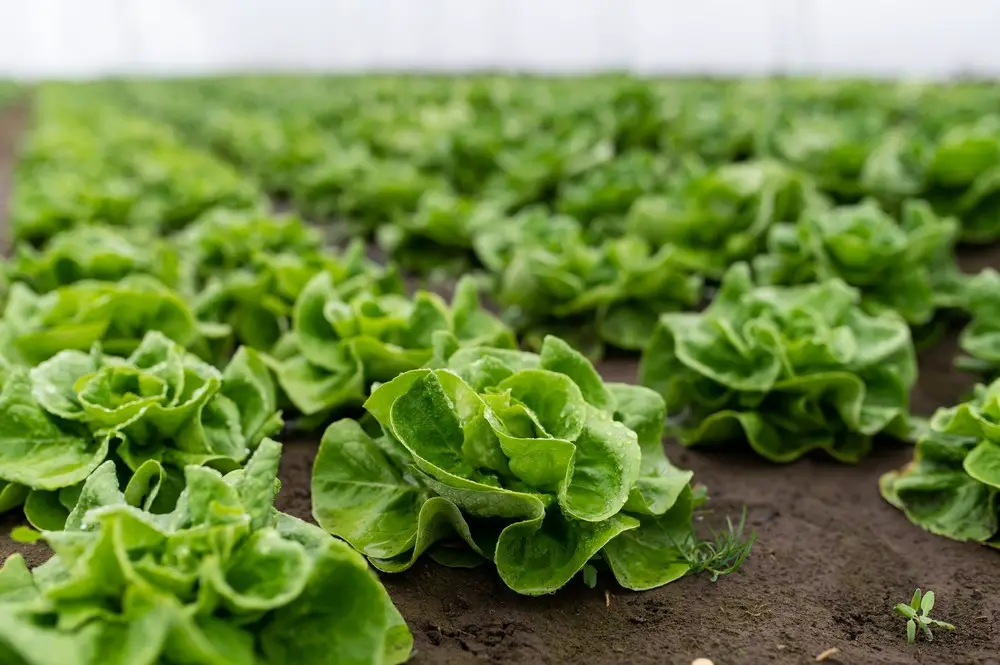
Lettuces are an ideal crop to plant in September for a fall harvest. Choose from varieties like ‘Buttercrunch’, ‘Romaine’, ‘Oak Leaf’, ‘Little Gem’, or ‘Green Ice’. Plant these in the cooler hours of the day to ensure germination and growth.
Radish
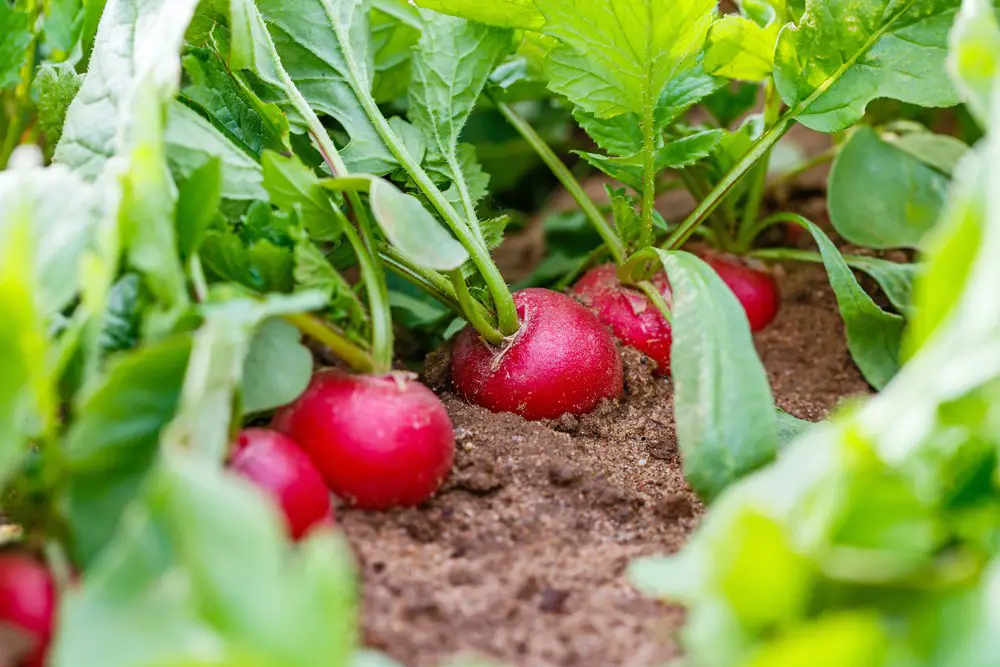
Radish grows quickly, making it an excellent choice to plant in September for a fall harvest. Look for varieties like ‘Cherry Belle’, ‘Easter Egg’, and ‘French Breakfast’. Radishes mature in as little as 30 days, so they’re perfect for an end-of-season crop.
Arugula

Arugula is a prolific green that performs well when planted in September. It’s flavorful and grows quickly – typically, you can harvest your greens in just 30-45 days. Arugula tastes better as the cooler weather sets in.
Broccoli

Broccoli is a cold-hardy crop, suitable for planting in September. Aim for varieties like ‘Calabrese’, ‘Waltham 29’, or ‘Green Goliath’. These varieties mature in roughly 60-90 days, which is perfect for fall harvesting.
Spinach

Spinach is another cold-hardy green. Plant seeds in September, and they’ll grow quickly in the cooler weather, providing a delicious and nutritious crop in the fall. Look for varieties like ‘Bloomsdale’, ‘Tyee’, and ‘Giant Winter’.
Cabbage

Cabbage is a great option for a fall harvest when planted in September. Choose from varieties like ‘Oxheart’, ‘Early Jersey Wakefield’, and ‘Savoy Express’. They’ll mature in around 60-90 days, making them perfect for a fall harvest.
Collard Greens
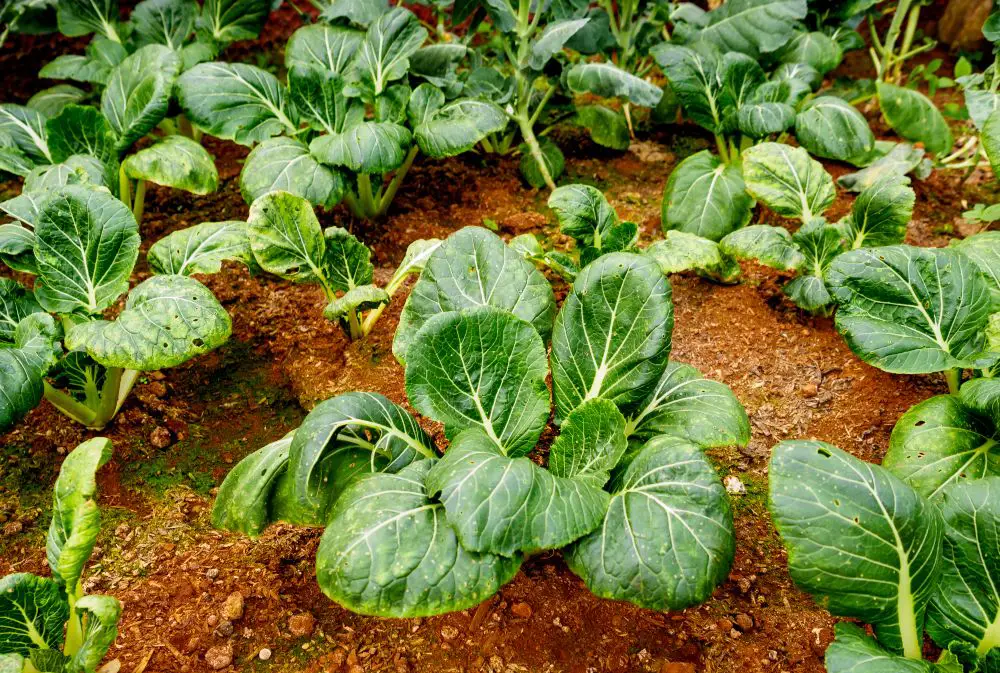
Plant collard greens in September for a late fall harvest, as they can withstand cold temperatures and light frost. Look for varieties like ‘Champion’, ‘Flash’, or ‘Vates’. Collard greens are perfect for southern gardens as well.
Bok Choy
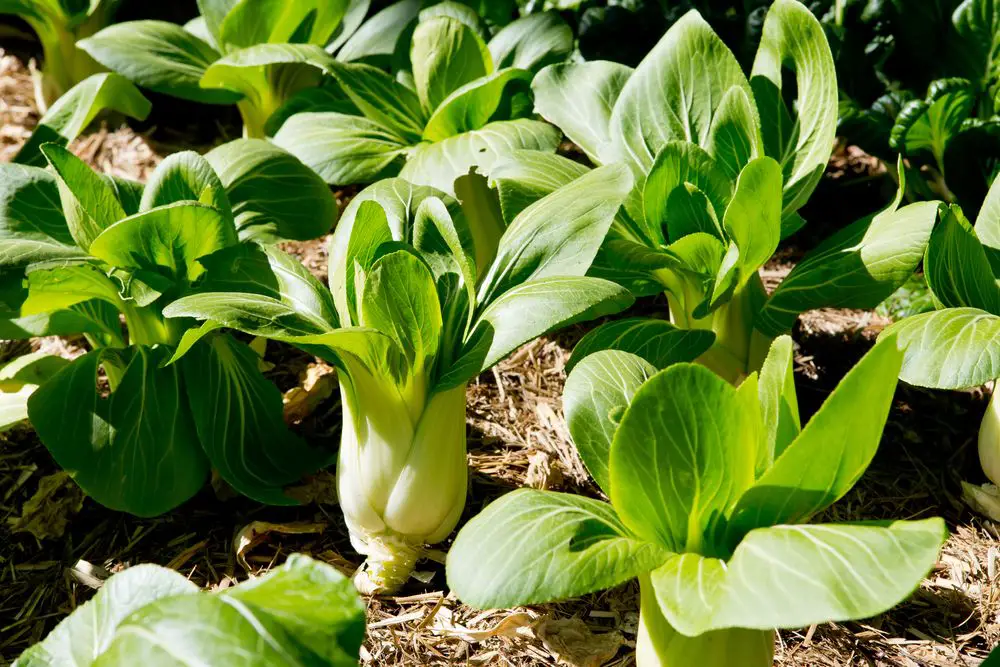
Bok Choy is a fast-maturing crop that reaches peak flavor in cooler seasons. Planting it in September gives enough time for it to mature before the first frost. Consider varieties like ‘Joi Choi’ and ‘Ruby Select’ for an excellent fall harvest.
Cauliflower

Cauliflower is another cold-hardy crop that can be planted in September for a fall harvest. It thrives in cooler temperatures, making it perfect for a late-season crop. Choose varieties like ‘Snowball’, ‘Purple of Sicily’, or ‘Graffiti’ for the best results.
Preparing the Soil
A successful fall harvest starts with properly prepared soil. Before planting any crops in September, it is essential to ensure that the soil is healthy, well-draining, and rich in nutrients.
Begin by clearing the planting area of any debris, weeds, or remnants of previous plants. This will help prevent the competition for nutrients and reduce the risk of pests or diseases affecting the new crops.
Next, it’s time to improve soil structure. Fall crops, just like their spring and summer counterparts, require loose and well-aerated soil for proper root growth. Use a garden fork or tiller to break up any compacted soil and incorporate organic matter. Adding compost, aged manure, or leaf mold helps to provide additional nutrients and improve soil texture.
Testing the soil pH is also important for fall crops. Different plants thrive in various pH levels, so adjusting the soil accordingly can promote better growth. Most vegetables prefer a neutral to slightly acidic pH (between 6.2 and 6.8), but specific requirements may vary. If needed, adjust the soil pH with lime for alkaline soil or sulfur for acidic soil.
Lastly, before planting, it is good practice to apply an all-purpose fertilizer to replenish nutrients exhausted during the previous growing season. Use a balanced fertilizer, like a 10-10-10 or 14-14-14 formulation, by following the product’s application instructions to provide the crops with essential nutrients. Granular or liquid fertilizers work best at this stage.
By taking the time to prepare the soil in September, gardeners can ensure a healthy and bountiful fall harvest for their crops.
Planting Process
When planning a fall harvest, one needs to start planting crops in September. This timing allows the plants enough time to grow and mature before the cooler weather sets in. It is essential to properly prepare the soil and choose the right type of crops to ensure a bountiful harvest. Here is a simple planting process to follow.
First, it is crucial to prepare the garden beds by clearing out any remaining plants from the summer harvest. Remove any rocks, weeds, and debris to create a clean and organized space for planting. Next, enrich the soil by adding organic matter like compost, well-rotted manure, or leaf mold. This step will provide the necessary nutrients for the fall crops to thrive.
Once the soil is prepared, select the crops to be planted. Some of the best crops for fall harvest include:
- Leafy greens like kale, spinach, and lettuce
- Root vegetables such as carrots, beets, and radishes
- Brassicas like broccoli and cauliflower
- Herbs like cilantro, parsley, and dill
After choosing the crops, check the seed packets for information on planting depths and spacing requirements. Proper planting depth helps the seeds germinate, while appropriate spacing ensures adequate room for the plants to grow and develop.
Water the newly planted seeds and seedlings consistently. Keep the soil moist but not overly saturated, as adequate moisture plays a crucial role in aiding germination and maintaining proper growth. Additionally, add a thin layer of mulch to help retain moisture and moderate soil temperatures.
As the plants begin to grow, monitor them for any pests or diseases. Removing damaged leaves and applying organic pest control solutions can help maintain the health and vigor of the plants. Thinning out overcrowded areas is also essential to encourage airflow and prevent diseases.
By following this planting process and maintaining optimal growing conditions, one can expect a beautiful and fruitful fall harvest from their garden.
Conclusion
In the final analysis, planting crops in September for a bountiful fall harvest is a wise decision for any gardener. By carefully selecting the right combination of vegetables and utilizing optimal growing techniques, it’s possible to extend the gardening season and reap the rewards of fresh produce well into the fall.
When planting in September, gardeners should consider leafy greens such as spinach, lettuce, and kale, as these are likely to thrive in the cooler temperatures and shorter days of fall. Cruciferous vegetables like broccoli, cauliflower, and cabbage can also be grown successfully for a fall harvest, with their cool-weather tolerance contributing to their adaptability in these conditions.
Additionally, gardeners should not overlook root vegetables like carrots, turnips, beets, and radishes. These hearty crops can provide a satisfying harvest throughout the fall season, offering nutritious and delicious options for home-cooked meals.
It’s important to keep in mind the variables of different planting zones and climates, as well as the specific requirements of each type of crop. By taking the time to plan, research, and invest in the appropriate crops for a fall harvest, gardeners can enjoy the fruits of their labor well beyond the traditional growing season. Cultivating a diverse range of crops in September can help one experience the pleasure and satisfaction of gardening while simultaneously bringing fresh, healthy produce into their home.

